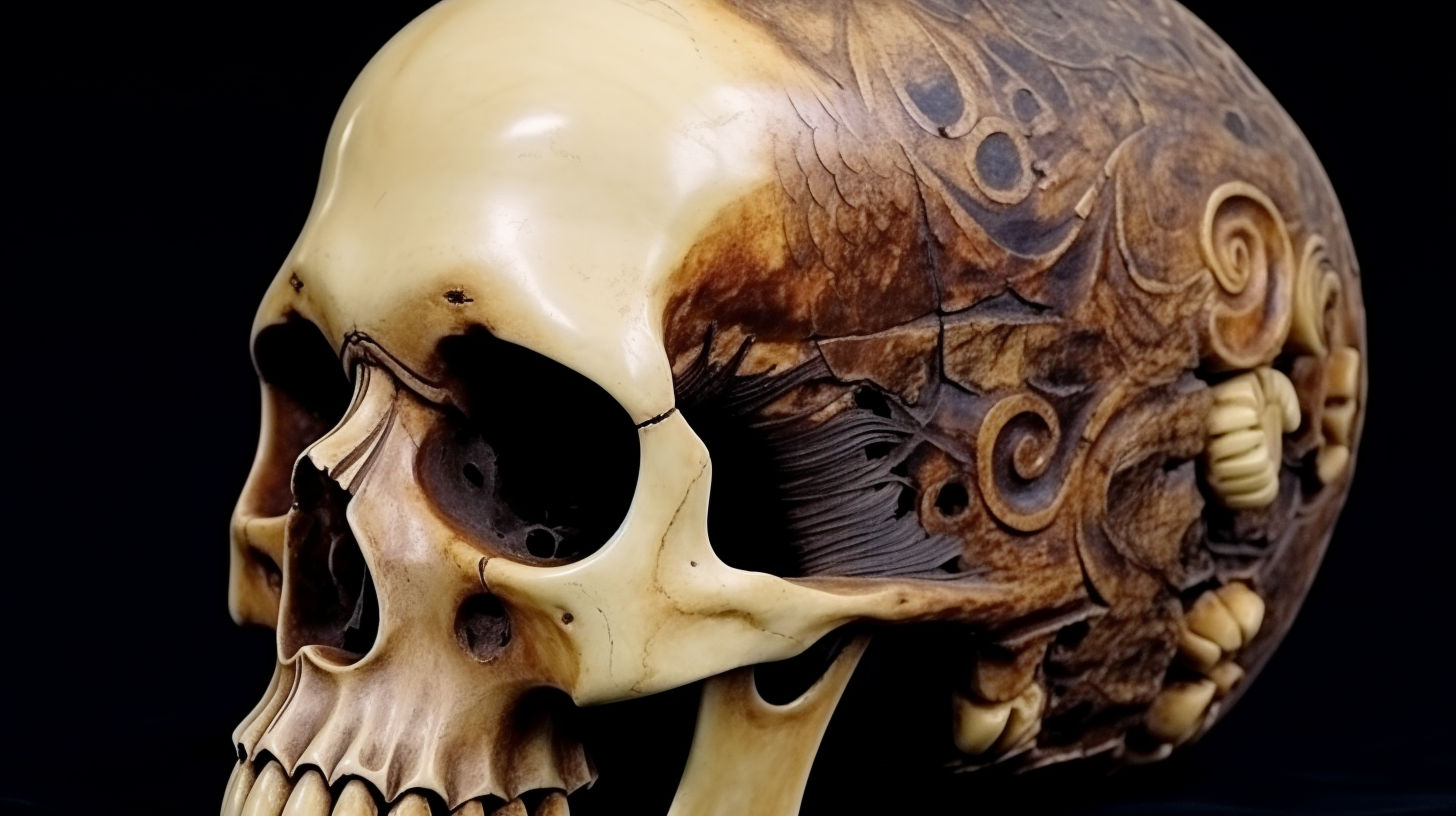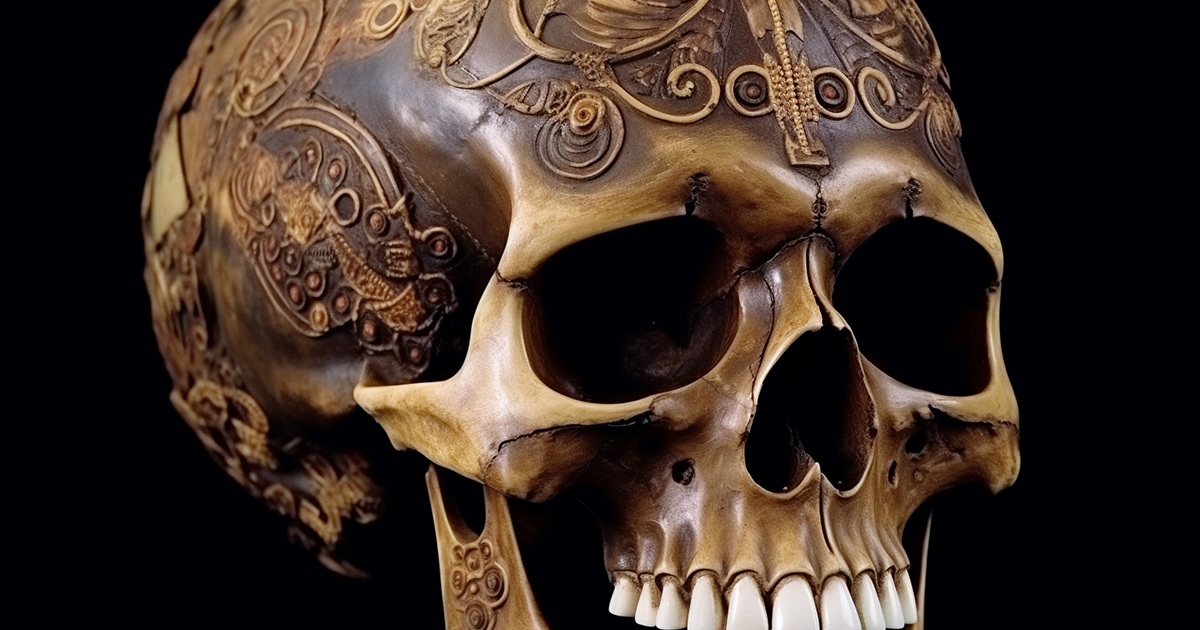In the realm of archaeological oddities, Paracas skull number 44 stands as a striking mystery. Discovered in 2012 on the southern coast of Peru, this skull carries a unique weight – 2.8 pounds, a staggering 25% heavier than the average adult male skull.
Its cranial capacity is equally remarkable, measuring 1,500 cubic centimeters, a full 20% greater than the norm. To top it off, it lacks a sagittal suture, the usual connective tissue joint found between the parietal bones in all human skulls.
But the intrigue doesn’t stop there. Paracas, a region where hundreds of strange, misshapen skulls have been unearthed, has a history dating back to 1927. It was during this time that archaeologist Julio Tello embarked on excavations of a colossal burial complex, believed to have been constructed by the Paracas people who inhabited the region from 800 BC to 100 BC.

Julio C. Tello, often regarded as the father of Peruvian archaeology, unearthed not just ordinary remains, but mummy bundles, each housing a person with an elongated skull. These mummies rested in family mausoleums, some reaching depths of up to 30 feet into the bedrock.
Mainstream archaeologists attribute this elongation to head binding, a common practice in various cultures worldwide, where infants’ heads are purposefully shaped while their skulls remain pliable.
But why did these people aspire to elongate their offspring’s skulls? A theory floated by ancient astronaut enthusiasts suggests that head binding originated from early humans attempting to emulate extraterrestrial visitors. However, Brian Foerster, a dedicated researcher and assistant director of the Paracas History Museum, argues that head binding alone cannot explain all the anomalies observed in Paracas skulls.
Foerster points out that about 5% of these elongated skulls possess shapes and sizes so complex that head deformation seems insufficient to account for them. These skulls not only elongate vertically but also boast significantly larger eye sockets. Their unique features include two holes at the back called foramen, believed to facilitate blood and nerve flow, and exceptionally robust jaws. Some skulls are even a staggering 60% heavier than standard human skulls, housing brains with a capacity 2.5 times larger than the human average.
The question lingers: if head binding doesn’t explain these enigmatic skulls, then what or who were these mysterious beings? The turning point in this mystery arrived when DNA testing was finally conducted on Paracas skull number 44, yielding astonishing results. Preliminary DNA analysis revealed segments that did not correspond to any known human genetic material. This tantalizing discovery raises the possibility that the Paracas lineage might be connected to Homo sapiens but not necessarily Homo sapiens itself.
Video:
When confronted with this kind of concrete and tangible archaeological evidence, one can’t help but ponder the existence of extraterrestrial life forms among us. Could it be that Paracas holds the key to a chapter of our history intertwined with beings from other worlds? While the answers remain elusive, the journey to unveil the truth behind these curious skulls continues, beckoning us to explore further into the realm of the unknown.
Intriguing, isn’t it?

19 thoughts on “Unlocking the Mysteries of Paracas Skulls: An In-Depth Look at the Enigmatic Discoveries”
Comments are closed.